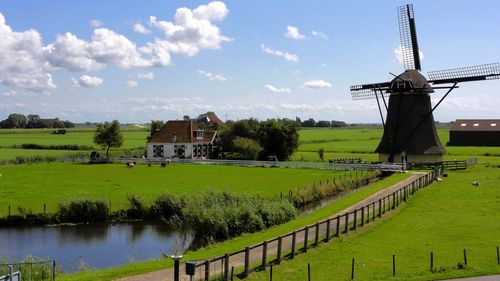Exploring 1920s Popular Culture: From Flappers to Jazz to Prohibition
The roaring twenties was a decade of iconic cultural change, marked by the rise of jazz music, the emergence of flapper fashion, and the implementation of Prohibition laws. This era ushered in a new era of modernity and revolutionized society’s view on art, fashion, music, and politics. Exploring 1920s popular culture is like being transported into a time full of glamour, rebellion, creativity, and excitement.
Flappers: The New Generation of Women
One of the most iconic images of the roaring twenties is the flapper, a young woman who challenged traditional gender roles by wearing short skirts, bob haircuts, and indulging in drinking and smoking. Flappers embodied the spirit of the decade, rebelling against societal norms, and embracing liberation. Their style of dress and behavior was considered radical, and it gave birth to the idea of women’s liberation in America. They inspired a generation of women to break free from the confinements of their homes and pursue a life full of adventure and fun.
Jazz Music: The Sound of the Decade
Jazz music became the sound of the 1920s, and for good reason. It broke free from the traditional European music influences and created a sound that was unique to America. Jazz was the music of the people, and it celebrated the diversity of cultures that made up the country. African American musicians like Louis Armstrong, Duke Ellington, and Bessie Smith became stars and influenced an entire generation of musicians. Jazz also gave birth to the dance craze that defined the era. The Charleston, the Black Bottom, and the Shimmy were all dance styles that emerged out of the jazz music scene.
Prohibition: The Dark Side of 1920s America
The implementation of Prohibition in 1920 was meant to stop the sale and consumption of alcohol in America. However, it did the opposite. The decade’s prohibition laws gave birth to organized crime and the illegal smuggling, manufacturing, and sale of alcohol. Speakeasies, underground clubs that sold alcohol, became the hotspots of the era, where people could drink, dance, and have fun without fear of getting caught. Prohibition also fueled the growth of organized crime, including gangsters like Al Capone, who became infamous during this era.
In Conclusion: The Legacy of the Roaring Twenties
The 1920s was a decade of change, growth, and progress. It was a time when society started to recognize that all races, genders, and cultures should be celebrated, not oppressed. The legacy of the roaring twenties shines on today and has influenced everything from fashion to music to politics. The nineteen twenties gave birth to a new era of freedom, creativity, and exploration, and paved the way to the modern world we know today.
(Note: Do you have knowledge or insights to share? Unlock new opportunities and expand your reach by joining our authors team. Click Registration to join us and share your expertise with our readers.)
Speech tips:
Please note that any statements involving politics will not be approved.
